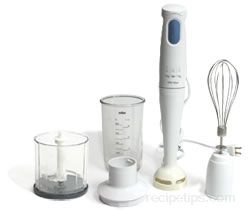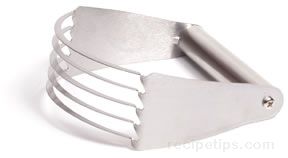When selecting a Blender, consider the type of food container desired, since glass is less likely than plastic to retain the aroma of various foods. The size of the container is also important, so it should be large enough to hold common contents for the foods most often blended and the number of people most often served. The frequency of tasks such as chopping ice for beverages, mixing beverage ingredients, and blending ingredients for food preparation should be considered when determining the size of the container desired. The Blender should have a weighted base that will keep it stable when the blades are activated as it blends different contents. Power is another consideration, making sure it is sufficient for the blending activities anticipated. Blenders with a wattage of 350 watts or higher are best for a wide variety of tasks, but don't use wattage as a means to evaluate effectivness of the Blender as higher wattage does not mean better blending results. Blenders have significant power for all blending tasks, but it is best not to run the Blender continually as constant power to the unit will only serve to wear the motor down. Instead, use short bursts of power to blend the contents thoroughly, allowing the motor to run only 5 to 10 seconds.
When considering the power range of the Blender, check the power settings, also known as speeds to determine which settings will be best for the food tasks most often required. Blenders generally are built with 3 to 12 speeds. The highest speed typically is used to crush harder items such as ice and the slower speeds are used for more delicate tasks. The Blender may also have a High and Low setting allowing for more speed settings to be deployed such as is possible on 16 to 18 speed Blenders.












